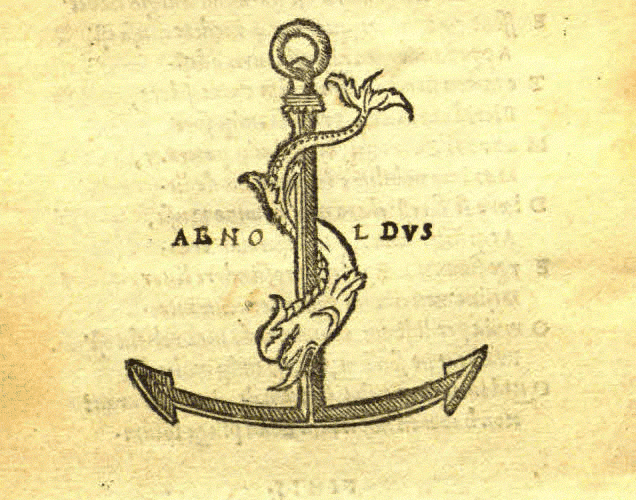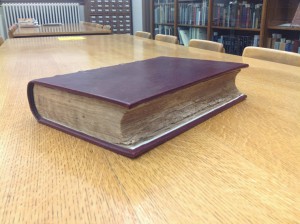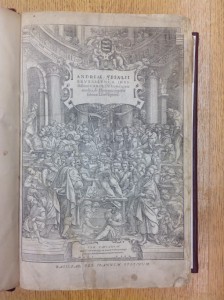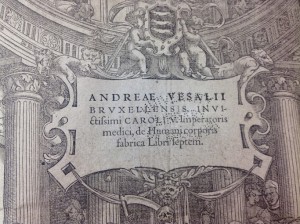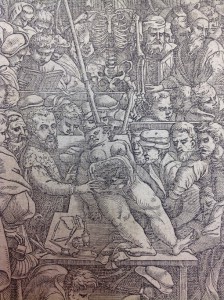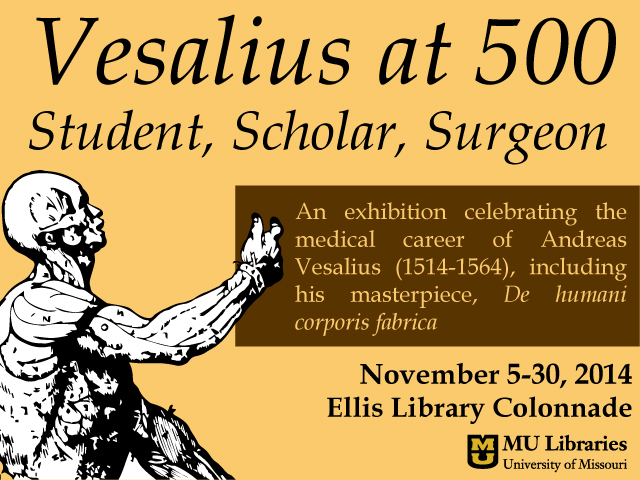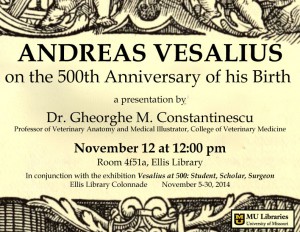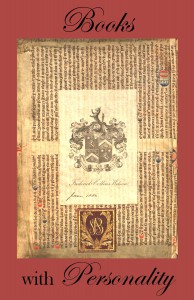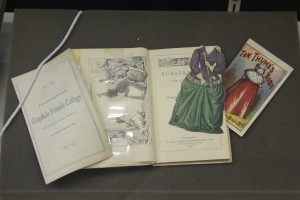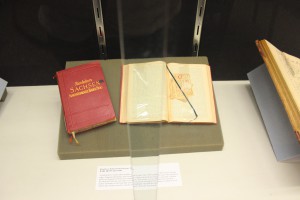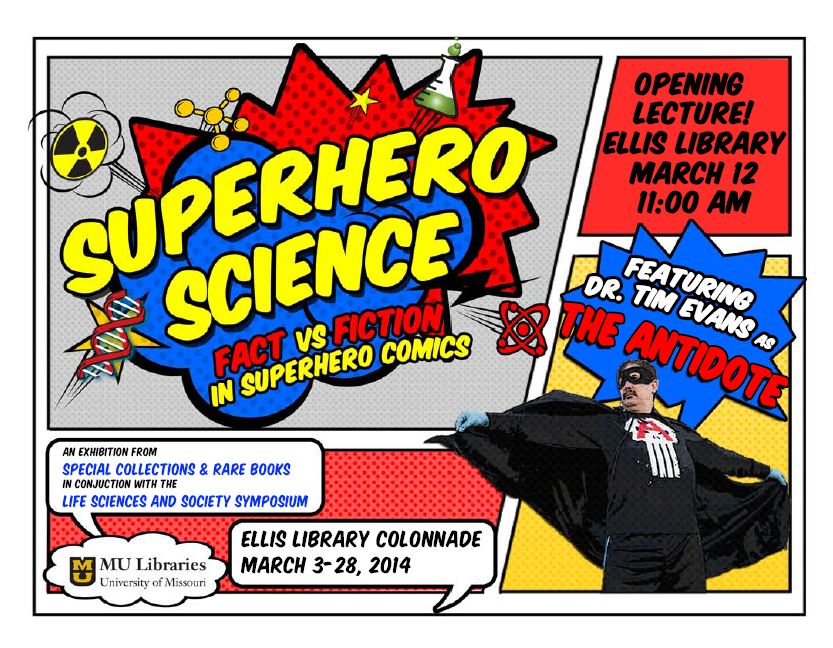It has been an eventful year for the Health Sciences Library and for MU Libraries! We'd like to give you a brief update and forecast of things to come. Along with the rest of the University of Missouri, the librarians face a mix of challenges and opportunities in a stringent economic climate.
You may have seen reports in the media of the proposed student library fee. With the encouragement of Chancellor Loftin and with input from the Missouri Student Association (MSA) and the Graduate Professional Council (GPC), the MU Libraries have proposed a student library fee.
- If passed by the students, the fee will begin at $5.00 per credit hour in fall 2016 and will be followed by $2 annual increases over five years to a total of $15.00 per credit hour.
- The fee will dramatically increase funding to the Libraries and help Mizzou to deliver library services on par with our peer institutions.
- The vote will take place in November 2015.
- For more details and opportunity to give your input, see The MU Libraries’ Proposal for Student Investment in the Libraries
The budget is indeed challenging. With expenditures of $18,643,152, the MU Libraries rank 53rd among the 62 AAU institutions that are members of the Association of Research Libraries (ARL). Our expenditures per FTE student are 37.33% below the ARL average. (For more detail, see our Annual Statistical Report, attached, and our Operating Expenditures report.) Special challenges this year include:
- The bankruptcy of one of our primary journal suppliers, with a budget impact of $600,000
- Continued inflation of journal and database subscriptions at 6% – 7% each year, higher than the Consumer Price Index. One product inflated 20% this year.
- The 2% reduction in the general allocation of library funds, including information resources funds, as for all University units.
- Mandatory increases in minimum wage and for some staff classifications.
- The need to replenish our self-insurance fund following the mold outbreak and fire of recent years.
- Increased cost for rental of off-campus storage of materials.
- Flat or reduced funding for UM four-campus resources, resulting in cancellations and shifting some costs to the MU Libraries' budget.
We are considering options for dealing with these issues. We are conducting a data-driven, library wide serials review to identify titles with low usage. The magnitude and depth of journal cuts will depend upon whether the student fee passes or not. Cuts are never welcome, but we will provide access to needed articles not owned, when possible, through interlibrary loan (ILL). Access to articles via ILL is delayed, but generally available within 24 hours. Currently, the library covers the costs. If the proposed student fee does not pass, we will almost certainly face a very large journal cancellation. Despite these budget woes, we have been able to make some additions and improvements:
- We finished our first round of space upgrades planning for 2nd and 3rd floors of HSL. The results were displayed on posters in the lobby and via our website. Please take a look at the drawings for the proposed new spaces, and give us feedback.
- We would like to thank Vice Chancellor of Research Hank Foley for funding the subscription to Web of Science and InCites for MU. In addition to indexing major journals in many areas, these tools provide the metrics used by the AAU to measure the impact of scholarly work. If you are interested in learning more about InCites or Web of Science, contact our Health Sciences Library Information Desk.
- We will be transitioning to a new electronic reserves system, an improvement on eRes, this summer.
- We continue to increase our capacity to support online learning through the creation of online learning tools, streaming of our workshops, and effective use of tools such as Blackboard Collaborate.
Finally, we look forward to celebrating one hundred years of library service, occasioned by the centennial of the dedication of the Ellis Library building. Although our history has been marked by significant challenges, there are many positive memories and achievements and exciting possibilities for the future. We hope you will join us for exhibits, performances, book signings, and other celebratory events throughout the year. Mark your calendars for the Health Sciences Library celebration October 15, 2015. Other events include:
- September 23, a student-focused party on the North steps of Ellis Library
- January 28, a Rededication Celebration in the grand reading room
- April 15, the grand finale with honored guest David Ferriero, the archivist of the United States
Please join us for as many of the events as you can.
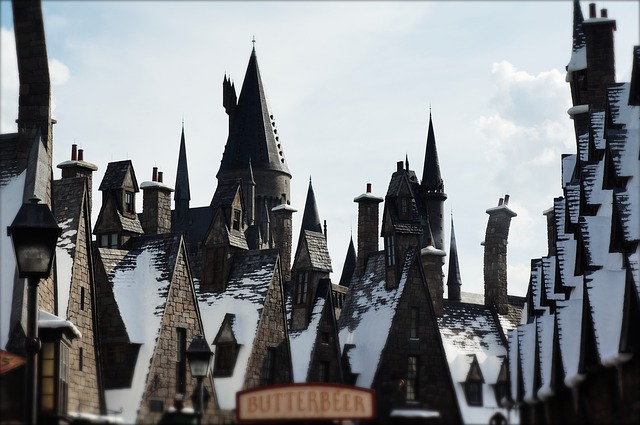
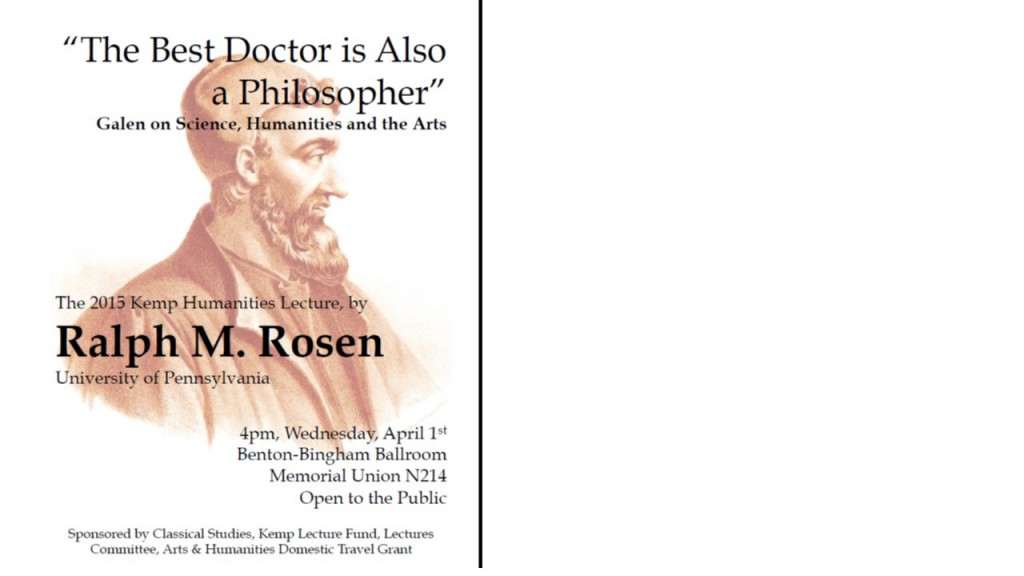
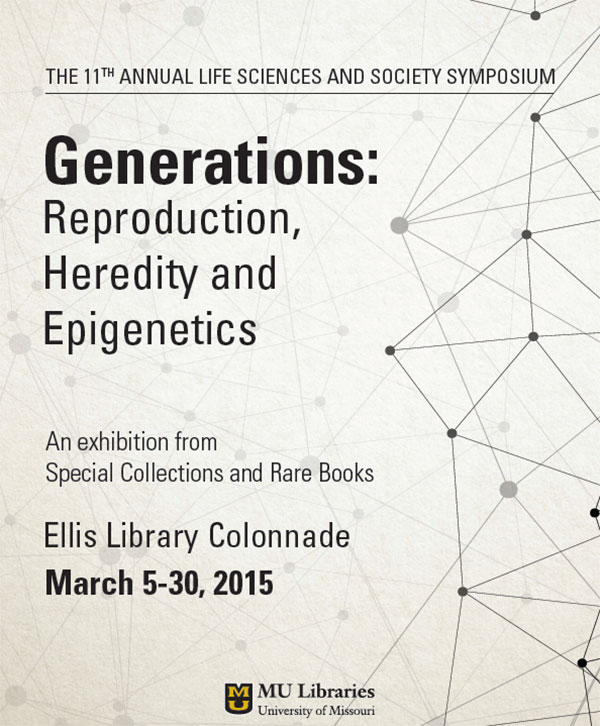
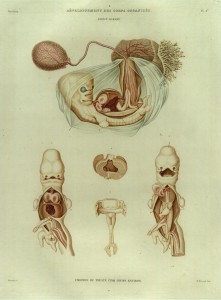
 Dr. Panchanathan will open the exhibit with a lecture entitled "Genes, Culture and Evolution." Humans are unique among animals in the degree to which adaptive behavior is shaped by both genes and culture. Cultural transmission is a form of Lamarckian inheritance: individuals pass on cultural traits which they learned during their lifetime to their offspring. In this talk, Dr. Panchanathan will discuss how anthropologists think about and model cultural evolution. In particular, Dr. Panchanathan will discuss how and why natural selection on genes resulted in the human capacity for culture; how cultural evolution is similar to and different from genetic evolution; and how cultural processes have shaped our genes, so-called gene-culture co-evolution.
Dr. Panchanathan will open the exhibit with a lecture entitled "Genes, Culture and Evolution." Humans are unique among animals in the degree to which adaptive behavior is shaped by both genes and culture. Cultural transmission is a form of Lamarckian inheritance: individuals pass on cultural traits which they learned during their lifetime to their offspring. In this talk, Dr. Panchanathan will discuss how anthropologists think about and model cultural evolution. In particular, Dr. Panchanathan will discuss how and why natural selection on genes resulted in the human capacity for culture; how cultural evolution is similar to and different from genetic evolution; and how cultural processes have shaped our genes, so-called gene-culture co-evolution.
